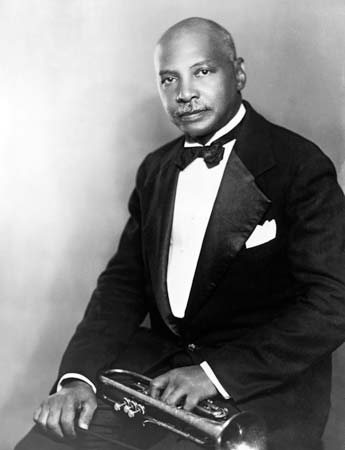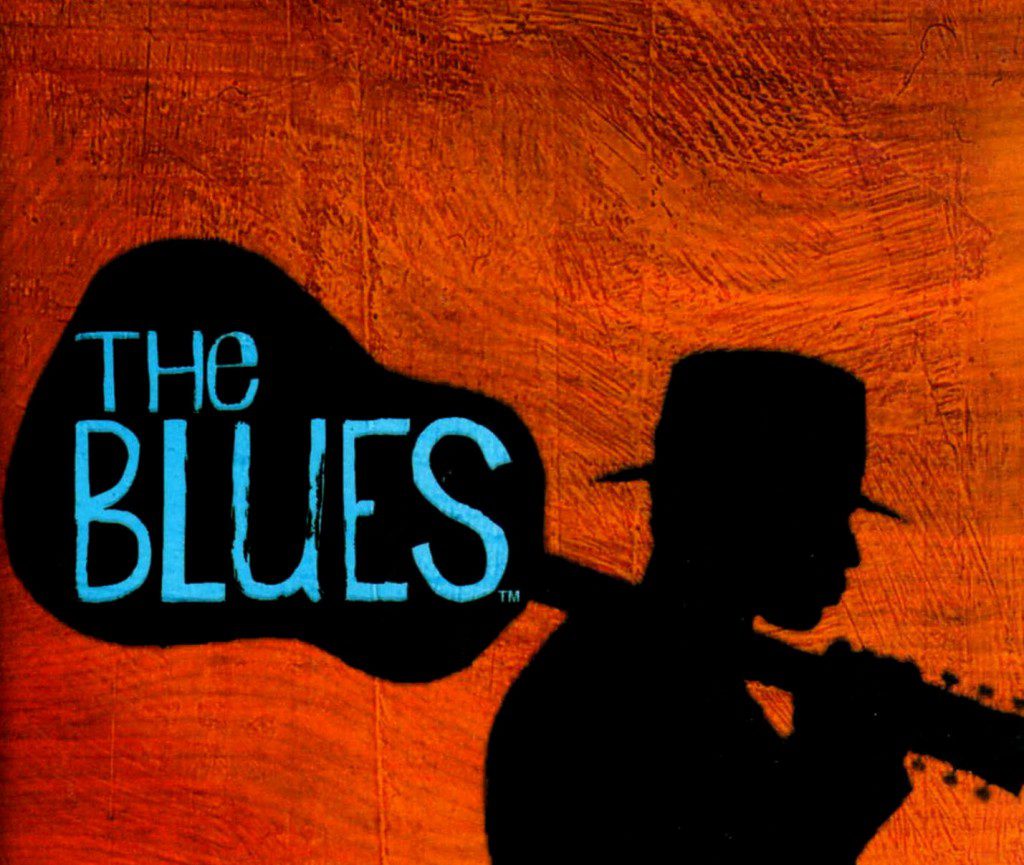
The blues came to be during the 19th century, specifically in the south, coming from people who were slaves. W.C. Handy claimed that he found the blues in Mississippi Delta by a guitarist. Some connect the blues to that of the griots in Africa. Griots are story tellers of important traditions. The blues derived from folk music, work songs, and call-and-response music. Some people consider the blues the “sister” of negro spirituals.

The blues had four essential elements to them. This consisted of:
1. Blue Texts – Usually sung in first person that expressed deep feelings, emotions, or actions.
2. Instruments – Plays a critical role of the call-and-response element of blues. The instruments act as a second voice. These instruments ranged from guitars, harmonicas, pianos, washboards, top of beer bottles, and more. Often, the “slide” was critical to identifying the blues. The slide was a technique guitarist would use on their guitars to give a melancholic mood of the song.
3. Blue Notes – This was a note that fell between two adjacent notes, it was mostly third or seventh degree in a scale. Often musicians of the blues would bend noes to slightly raise or lower the pitches as well. These notes often fell on a blues scale which was the incorporation of the flat third, flat fifth, and flat seventh degrees in a scale.
4. Blues forms – twelve-bar AAB form. This usually consisted of a stanza that was repeated and then a new line which would rhyme with the first two lines.
Blues was one of the first genres where women took the four fronts of the movement. White people at the time didn’t consider black women competition so they were free to perform as they were. This was not the same case for black men. They instead, had to perform as clowns if they were to perform. Around the 60s, white people began to become interested in the blues, creating the popularity of blues bands, in some sense, this help create a peak or revival of the blues. In another sense, this popularity of blues bands created rock and roll which white people tried to claim as their own creation from their own ideas. This led to a “false profit” where black musicians were not given the credit they deserved for the music they made.
At first, people did not like the blues. They considered it too sad, after the revival however, the blues got some commodification. Sheet music brought money in, but more importantly, race records became popular. White people began to create race records where black musicians would make music for black people to buy.
Some popular musicians of the Blues are:



Blues in the future, would create different shade of blues around the world. In addition, it would give birth to jazz-blues hybrids, rhythm ‘n blues, rock n’ roll, soul, and modern day hip-hop/r&b.
The blues was a genre that continued to show the depths and originality of black people. This music was felt so deeply that it created a whole new genre for another race, rock n’ roll. Of course, black people didn’t get the credit and still don’t, for the creative ideas that we have invented. Blues was a forefront for a way to express the problems and things that you went through. Not only that, but you could also express other feelings in emotions in creative ways.


